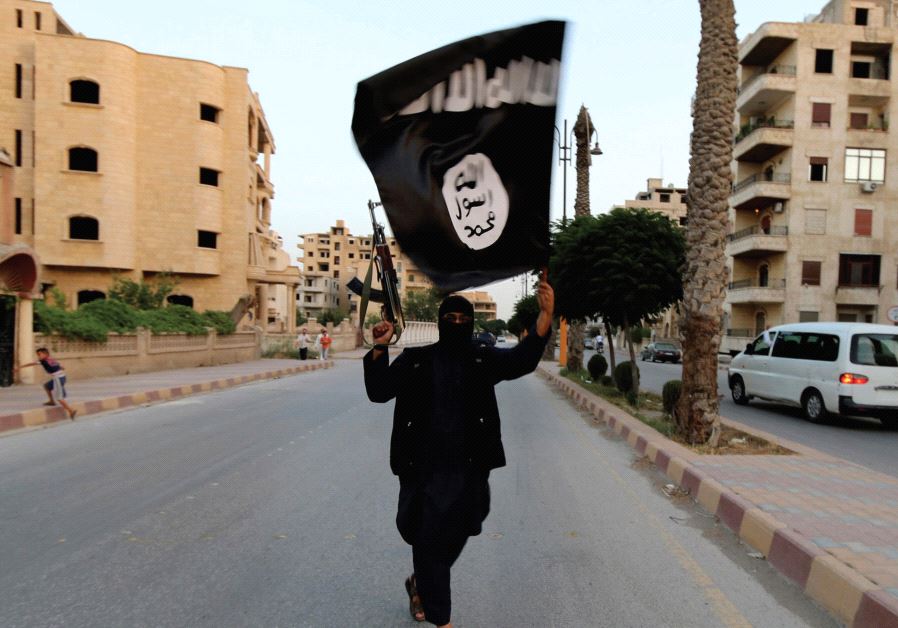Iran cracks down on Islamic State suspects as group intensifies threats
In response to Iran’s crackdown, Islamic State militants have renewed calls for more bloodshed against Iran’s Shiite majority.
 A MEMBER of ISIS waves the group’s flag in RaqqaByMELISSA ETEHAD / LOS ANGELES TIMES
A MEMBER of ISIS waves the group’s flag in RaqqaByMELISSA ETEHAD / LOS ANGELES TIMES